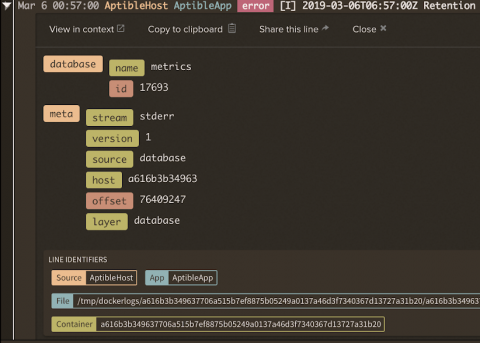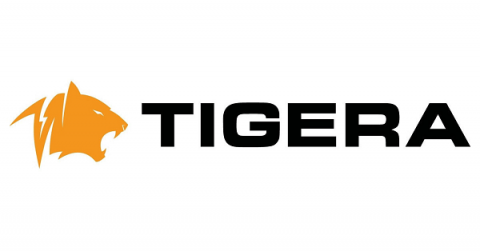Sending Aptible Logs to LogDNA
We’re happy to announce that forwarding your Aptible logs to LogDNA is much simpler than before. Aptible Enclave is a container orchestration platform built for developers that automates security best practices and controls needed for deploying and scaling Dockerized apps in regulated industries.









